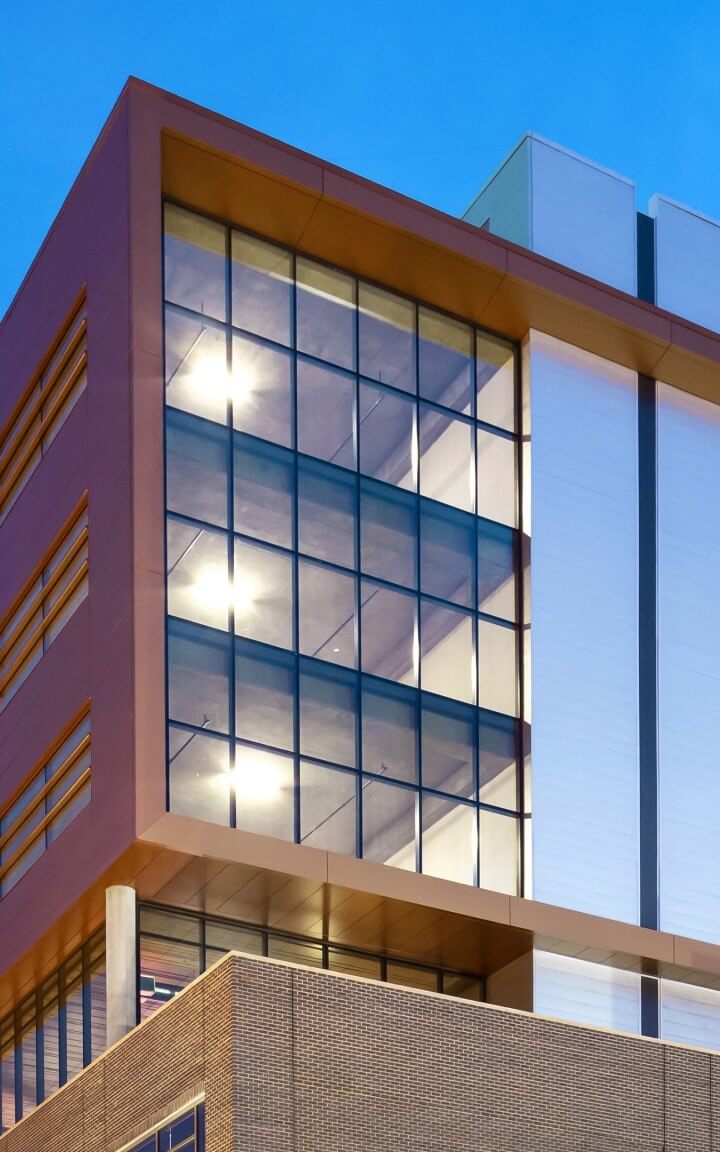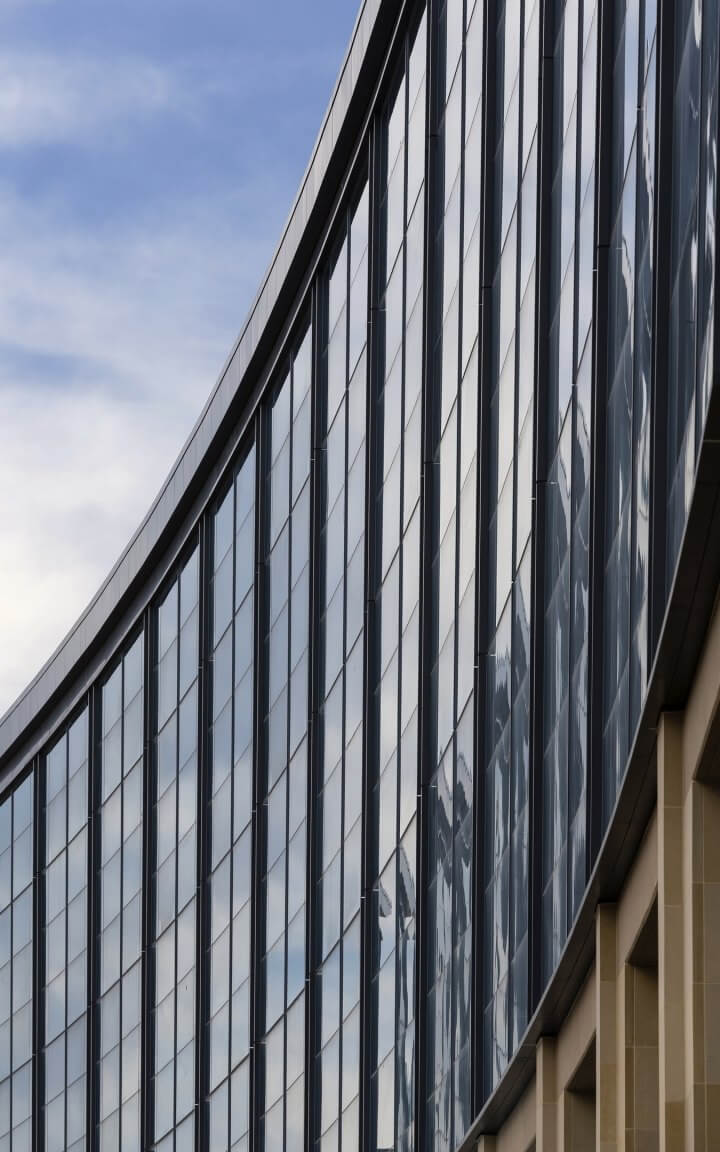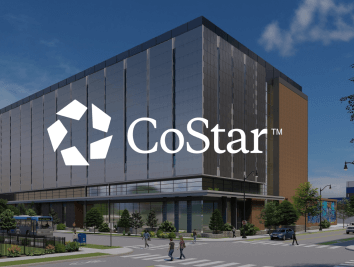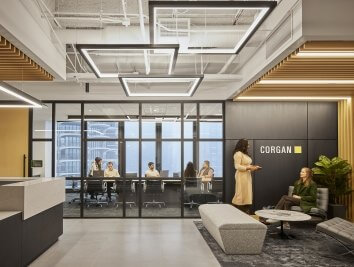Data Center Trends in Chicago
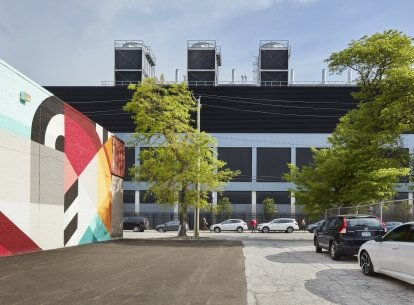
Powering the Windy City
Leading our data center practice in Chicago, Jonathan Bartkowicz, a native of the city, partners with clients as they navigate the most pressing challenges related to capacity, land, power, and sustainability. As the Midwest continues to grow as a hotspot for critical infrastructure, Jonathan shares his perspectives on the top trends in the area and what clients need to know most as we look forward to what’s next for data centers.
Chicago is a significant top-tier data center hotspot — and for good reason. A prominent player in the national and global tech ecosystem and home to the Big 5, Fortune 100, and high-tech companies, Chicago’s access to both the East and West Coasts and Canada, as well as its connectivity and robust infrastructure and well-developed power grid, make it a strategic choice and ideal location for our Data Centers Studio to partner with clients.
Why Chicago?
For starters, the interest in hyperscalers and enterprises is growing and as AI, microservers, cloud computing, and online consumer shopping grow exponentially, Chicago's infrastructure and local fiber optics — the backbone for connectivity – are prepared to meet future power demands. Chicago’s investment in power availability offers a competitive edge over other markets, which are predicted to have capacity limits soon.
Geographically, the city is at low risk for hurricanes and earthquakes, adding a layer of safety. Additionally, the region’s cooler climate reduces the need for extensive and expensive cooling systems — a key consideration when selecting a site. Finally, Chicago and surrounding areas offer an abundant workforce to draw from for reliable long-term employees.
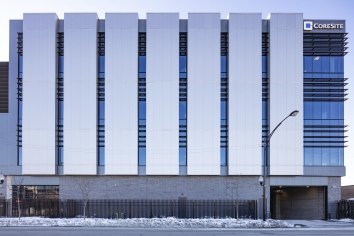
What’s Next for Data Center Design?
Let's take a look at some of the biggest drivers we see for Chicago and the surrounding suburbs and what our clients can expect to navigate the coming years:
The Chicago market offers tax breaks and incentives. Local and state governments offer tax advantages and other benefits, making Chicago a gateway for world-class data centers. According to Magnum Economics, data center incentives in Illinois have rejuvenated the Chicago area, helping the state attract more than $4.2 billion in investment in the Greater Chicago market.
Corgan helped Coresite obtain an incentive from the Illinois State Government, a notable achievement for our client. Corgan also expedites AHJs and compliance codes which can be more stringent and drawn out within the city limits. Our knowledge and expertise help clients streamline the process.
Learn more about changing trends in data center design in One Million Square Feet of Data Center Design: Here’s What I’ve Learned.
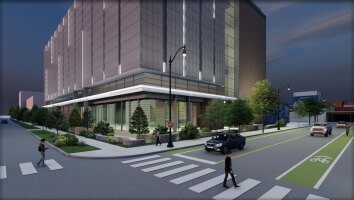
While land prices are comparatively stable in Chicago, inventory is hard to find. Urban density often leaves no choice but to go up — tapping into the potential of multistory facilities to accommodate capacity when limited to a smaller footprint. Vertical data centers, however, introduce new challenges — and innovations for MEP, storage, and cooling systems. In the near future, we predict four and five-story buildings with dense 36MW capacity or more per facility will be commonplace.
In Chicago’s thriving Illinois Medical District, Metro Edge designed a multi-story building on a small urban infill site. To maximize the site, Corgan designed a five-story facility leveraging innovative approaches including plates for weight distribution, soundproofing, rerouting cabling, cooling, and heat exhaust systems, and moving the MEP and equipment yard to the roof. Corgan partners with clients to consider these and other factors when moving to more urban sites.
To learn about vertical design, read Going Up: The High-Rise Data Center.

Sophisticated jurisdictions require pleasing aesthetics. As top-tier data centers continue to move to the urban core, these clients want to not only be functional but also provide appealing exteriors and workplace environments to drive recruitment as well as welcome tenants to the space and ingratiate themselves as good neighbors in the community.
Data centers are tapping into trends from the corporate workplace community to create more human-centric experiences with inviting amenities, common lounge areas, and large meeting rooms for tenants and the community at large to use for events. We’re also seeing increased interest in high-end finishes and surfaces along with soft furnishings and outdoor spaces. In Chicago, both Metro Edge and QTS leveraged branded graphics and elevated design to create an identity for their facilities.
View The Square Episode #59 Metro Edge Case Study to learn more about urban design.
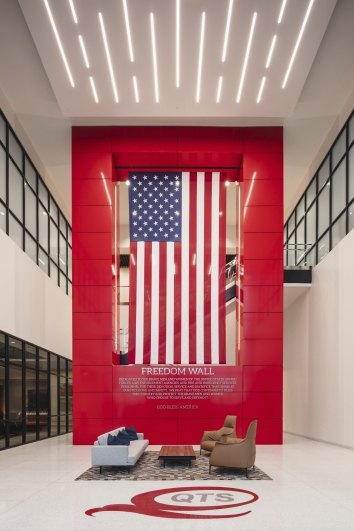
Technology Hubs and community partners. As the trend for data centers moving out of remote areas and into urban and suburban city centers becomes the norm, there are still concerns from the surrounding neighborhoods about whether data centers make good neighbors. From sustainability measures and sound mitigation to contextual design in keeping the integrity of the community, data center design in these areas needs more than technical performance. Considering how buildings engage with pedestrians, neighborhoods, and key infrastructures means reimagining exteriors with brick, glass, dynamic curtain walls, pedestrian pathways, signage, and even a "front door" feel that expands the visual vocabulary of traditional data center design.
Learn more insights on urban data centers at The Data Center Next Door.
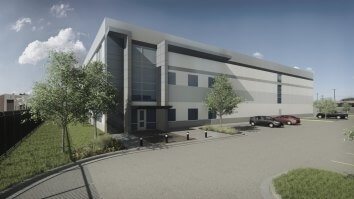
Retrofits as a cost-effective alternative. The widespread availability of warehouse and industrial space in outlying suburban communities like Elk Grove Village, Des Plaines, and Aurora makes renovating existing buildings attractive to data center investors entering the Midwest market. We help clients with site selection, work with utilities to provide power, and consider the existing shell and structure to create cost and space-saving solutions.
Corgan renovated two existing warehouses for Stream Data Centers in Elk Grove Village which provided jobs to revitalize the industrial community. The retrofits saved time and cost of construction as Corgan repurposed existing materials from the envelope and shell, worked closely with the city and utility companies for permits and power, and designed the exterior to fit in with the existing neighborhood.
As data centers become more prolific, design will continue to evolve in the industry as we create new methods and key innovations for urban design. As a native Chicagoan, I’m excited to see data centers transforming our city as we continually push the limits of technology and build lasting client relationships in what I see as explosive data center growth with huge potential and unlimited opportunity in the Chicago market.
